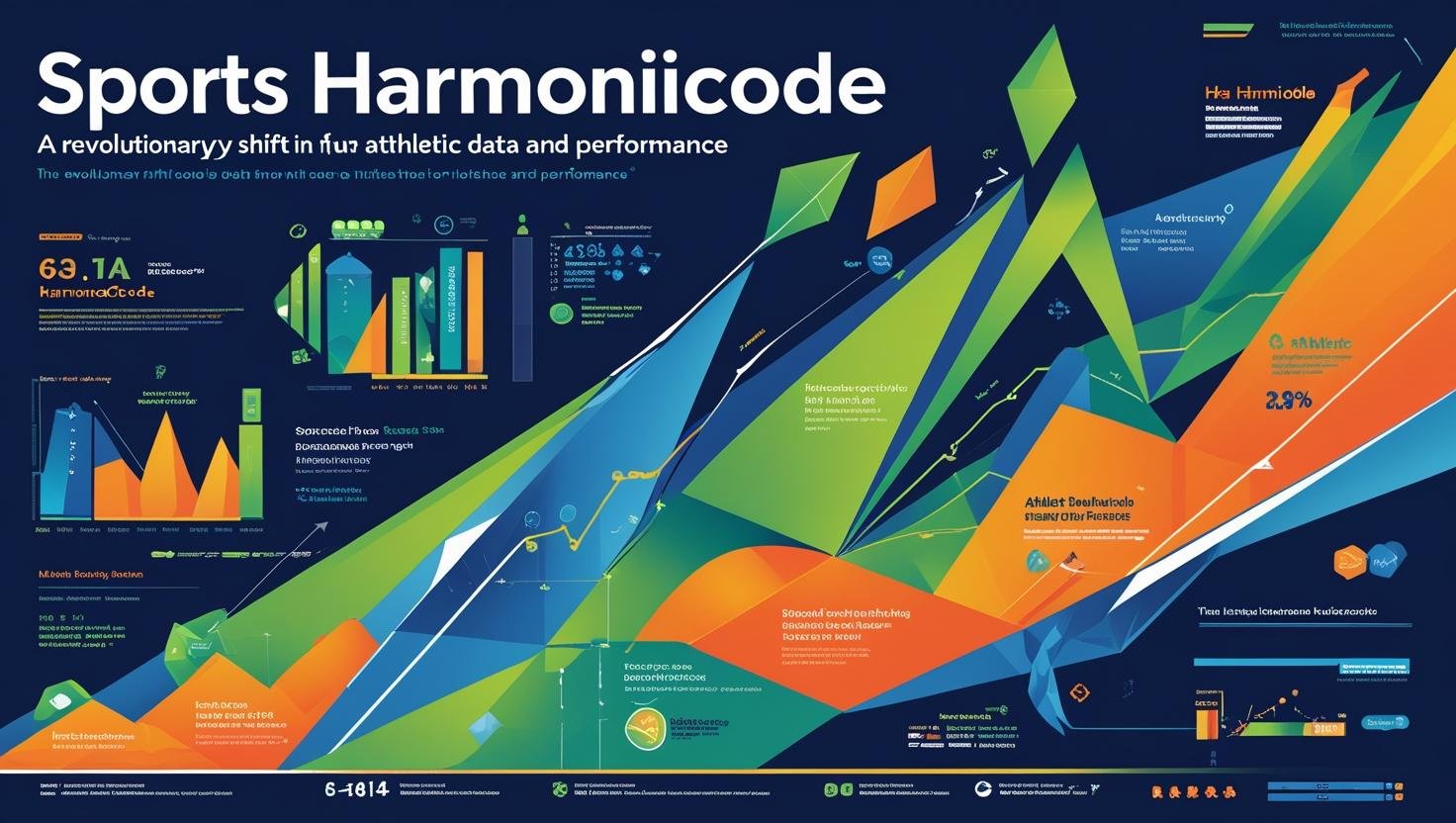Sports
Sports Harmonicode: A Revolutionary Shift in Athletic Data and..

Introduction
In the evolving landscape of competitive sports, technology has become the heartbeat of performance enhancement. One of the most innovative breakthroughs in this arena is Sports Harmonicode. This emerging field leverages biometric data, harmonic frequencies, and intelligent code systems to measure and optimize athletic performance at a micro level. From elite athletes to amateur enthusiasts, this technology is offering unprecedented insights into human capability.
What is Sports Harmonicode?
Sports Harmonicode is a term used to describe the combination of harmonic frequency analysis, biometric monitoring, and AI-powered data processing. It’s designed to decode the ‘harmonic signature’ of an athlete’s body during training or competition. The result is a clear understanding of how each movement, breath, and heartbeat contributes to performance. Inspired by disciplines like [biomechanics](https://en.wikipedia.org/wiki/Biomechanics), harmonicode tracks how an athlete’s internal systems align with their external actions.
How Does Sports Harmonicode Work?
1. Biometric Sensor Integration
Wearable sensors are used to monitor the athlete’s heartbeat, muscle contractions, joint angles, and oxygen flow. These readings are recorded in real-time using smart devices and wireless data systems.
2. Harmonic Signal Analysis
Each movement creates subtle vibrations and frequency patterns. Advanced AI tools analyze these patterns and convert them into a ‘harmonic code’—a data format that represents the body’s current state of balance and performance.
3. Real-Time Code-Based Feedback
The athlete and coach receive immediate feedback, often through mobile apps or dashboards. These insights help fine-tune body mechanics, correct form, and reduce injury risks instantly.
Benefits of Sports Harmonicode
Precision Performance Optimization
Unlike traditional metrics like speed or distance, Sports Harmonicode evaluates how well your body performs each movement. This allows trainers to pinpoint inefficiencies and correct them instantly.
Injury Prediction and Prevention
Through detailed pattern recognition, the system can detect muscle imbalances or overuse before they cause an injury. Recovery strategies can be applied proactively, increasing an athlete’s longevity.
Customized Training Programs
Since every athlete has a unique harmonic profile, Sports Harmonicode enables coaches to create tailored training schedules based on real biological feedback—not just assumptions.
The Science Behind Sports Harmonicode
At its core, the technology relies on principles of harmonic motion and physiological data science. Influences come from fields like [cybernetics](https://en.wikipedia.org/wiki/Cybernetics), biophysics, and neuromuscular synchronization. It represents a merger between sports science and digital innovation, aiming to decode the rhythms of elite human performance.
Real-World Applications of Sports Harmonicode
Currently, Sports Harmonicode is being tested in Olympic training centers, elite soccer academies, and some professional basketball programs. It’s also expanding into rehabilitation centers for athletes recovering from injury, allowing physiotherapists to track progress with data instead of guesswork.
How to Get Started with Sports Harmonicode
Interested athletes can start by using wearable biometric devices such as WHOOP, Polar, or Garmin. As the technology matures, specialized harmonicode-compatible devices and analytics platforms are expected to become more widely available.
FAQs About Sports Harmonicode
Is Sports Harmonicode available for general users?
As of now, it’s primarily used in elite programs and beta testing. However, more public products are expected in the near future.
Can I use my smartwatch to track harmonicode data?
Most smartwatches don’t support this level of frequency analysis. You’ll need advanced biometric devices designed for harmonic data processing.
Is it scientifically valid?
Yes, it draws from well-researched areas like biomechanics, harmonics, and digital signal processing, offering a deeper lens into physical performance.
-

 Health2 weeks ago
Health2 weeks agoVeganovTrichy.com Is Changing Vegan Food Scene in South India
-

 News1 month ago
News1 month agoUnderstanding Niagara County Mugshots: What You Need to Know
-

 News1 month ago
News1 month agoWheon.com Health News: Your Daily Dose of Trusted Medical Updates
-

 Health1 month ago
Health1 month agoLat Pulldown Machine: Benefits, Variations, and How to Use It Right















